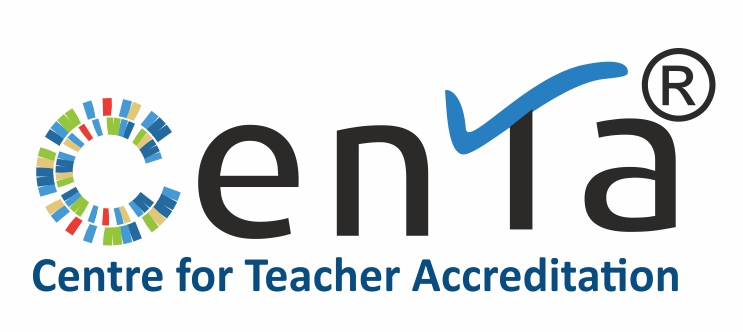Goals, Outcomes and Objectives
In the last lesson, you decided what content artefact you want to create and the vision you have for your content artefact. Watch this video to understand how we move from our goal/vision towards the intended outcomes and objectives.
When designing content, we need to keep the purpose in our minds–not just from a broader level, but at a micro-level too. What do we want the user to do or feel when they complete a topic. What’s the purpose of a particular video, or element on a page? The ‘why’ often defines the ‘how’.
Another aspect of concern while creating an artefact is the curricular framework.
A curriculum framework is an organized plan or set of standards or learning outcomes that define the content to be learned in terms of clear, definable standards of what the student should know and be able to do.
An example of a curricular framework is the National Curricular Frameworks of India formulated by NCERT for K12 education. NCF 2005 is the fourth National Curriculum Framework of India published for school education.
Other examples of K12 curricular frameworks that you may explore are IB Curriculum, different Indian State board Curriculum, American Core curriculum, Australian Curriculum, etc. Similar to the K12 curriculum, the NCTE has come up with curricular frameworks for teacher education (NCFTE 2009) in India.
In the process of content design, having a curriculum standardizes the learning goals for an entire process of learning and provides a clear path for learners to progress from one concept to another. You may or may not refer to any curriculum depending upon what your goal for creating the artefact is and/or who your target audience is.
Do it yourself!
In the template shared in the previous topic, now it’s time to fill in the next two components
1. Who is my target audience? i.e. For whom are you creating this artefact?
2. Goal i.e. What does the artefact aims to achieve?
3. Curriculum Framework if any
Please go through all pages before moving on to the next topic.
